An old adage goes that an engineer keeps working even standing in line to pay for beer. This certainly came true during my last vacation at a small resort by a warm sea. Several energy-related observations I made there illustrate what is commonly happening in industrial setting back home and provide actionable lessons. Following these lessons makes the difference between spending money on efficient bells and whistles and investment into energy management for sure long-term results.
Energy use at the resort
Resort owner was fond of energy efficiency. His particular pride was in high-efficiency AC units and double pane windows in villas and cabins: he believed that these investments resulted in a lower energy bill compared to a big house of his neighbour. “With US$0.6 per kWh, I have to be serious about energy consumption,” explained the owner. His design decisions are a telling illustration to a common choice of energy efficient technologies instead of reducing demand for energy.
Observations and guest experience
Villas have cathedral roofs with no insulation. No attic vent. Doors and numerous windows have no open/closed sensor. Gas stove and full-size fridge are in living/kitchen area. Ceiling fan is supposed to reduce need for AC. Water well supplies water villas directly, where water is heated for showers.
Our experience: it’s still pretty hot inside. We run AC all evening and commonly during the day to cool lower 6ft or air. Still it would get hot in 15 min after AC is turned off. I bet we used a lot of energy, though AC units were efficient. Ceiling fan only moved hotter air from under the roof, so we did not use it.
Direct benchmarking is misleading
Nearby property has different size, design – multi-unit building as compared to separate villas – occupancy and appliances. Direct comparison of energy bills is plain misleading, though enticing by its simplicity.
Better energy solutions
Here what could and still can be done to reduce indoor temperature before (or instead?) considering a bigger AC:
- Roof insulation stops heat
Though partly shaded by canopy, roofs heat up and so does the air under the high ceiling. Air is a good insulator, remember “Thermos bottle”? We just have to prevent mixing hot and cooled air. Even as cheap and simple solution as stretch ceilings will do the trick.
- Window sensors stop energy waste at AC
Being energy conscious guests we would close windows before turning on the AC, but the owner count not on this. A simple sensor would power down AC with open door or windows.
- Evacuate heat produced by appliances
In terms of air comfort fridge is a heater and so is a stove. A vent behind fridge and over the stove would evacuate hot air from the living space.
- Free water pre-heating is always available down South
An over-ground water tank would preheat water free and ensure that everybody has water even if all showers are used at once. This low cost addition will reduce heating load and allow for a lower capacity pump.
Lessons for industrial energy cost reduction
This brief analysis provides simple lessons well applicable to industrial environment:
- Understand where and how energy is used
- Eliminate competition between heating and cooling
- Reduce consumption before investment into efficiency
- Use simple, free and low cost measures prior to investment into costly sophistication
- Benchmark to your own best performance
Simple, isn’t it? Is this how your plant is run?


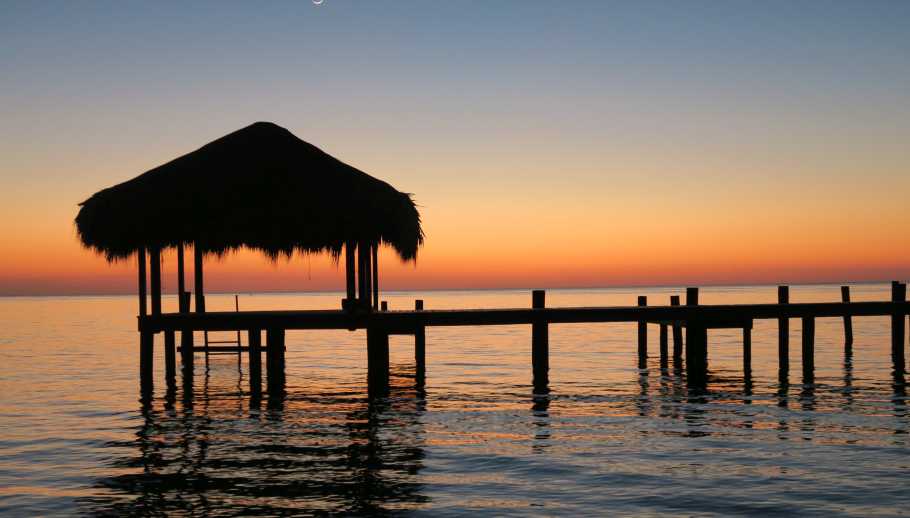
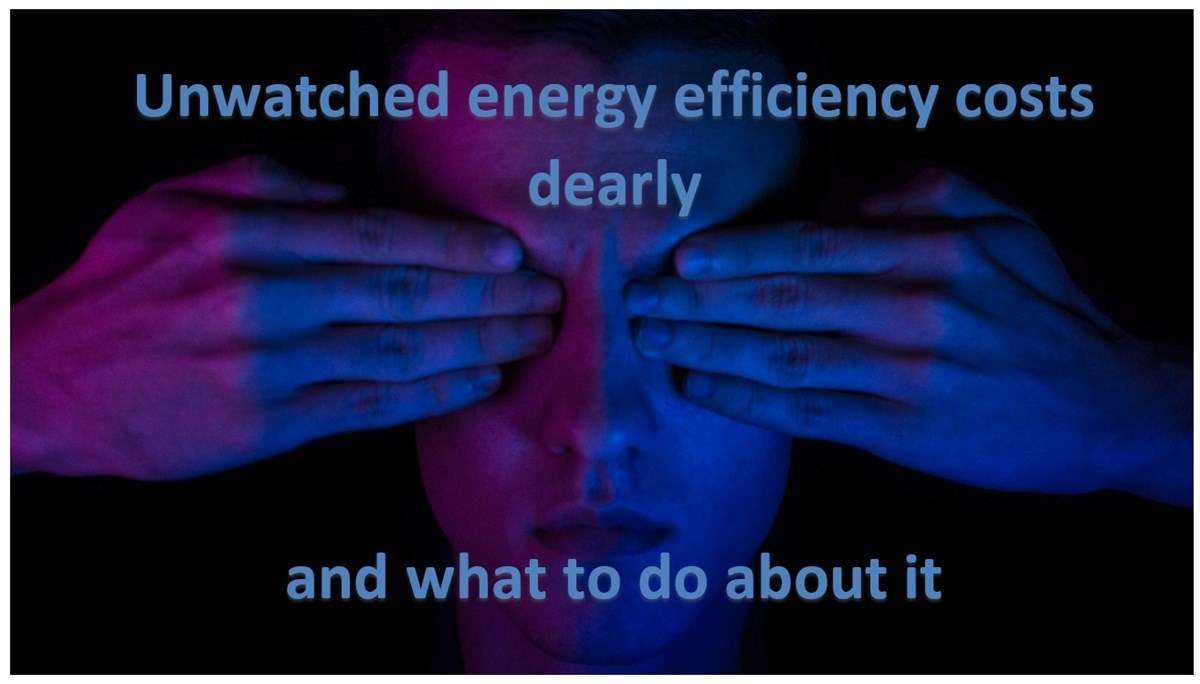
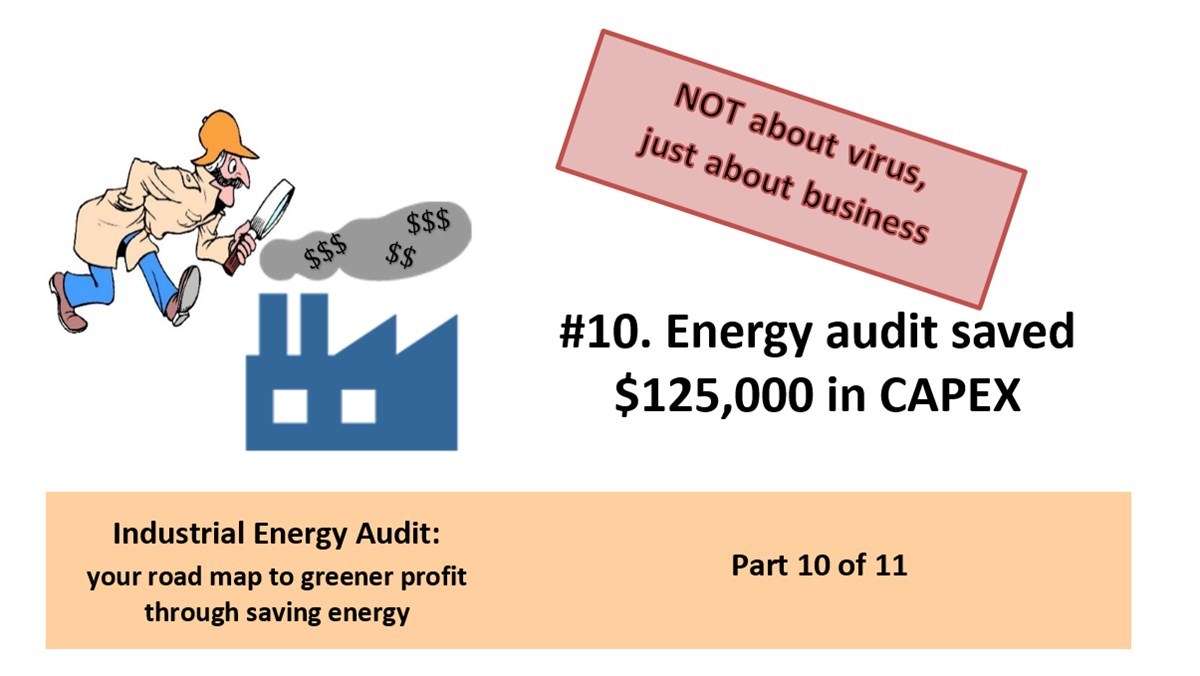
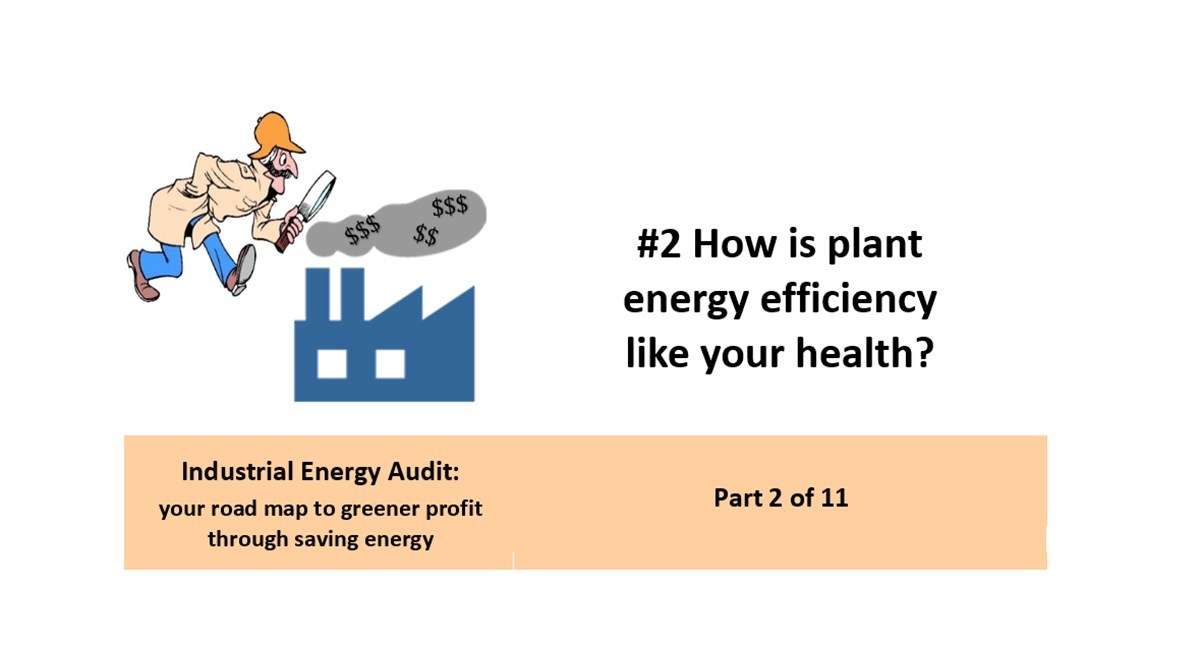
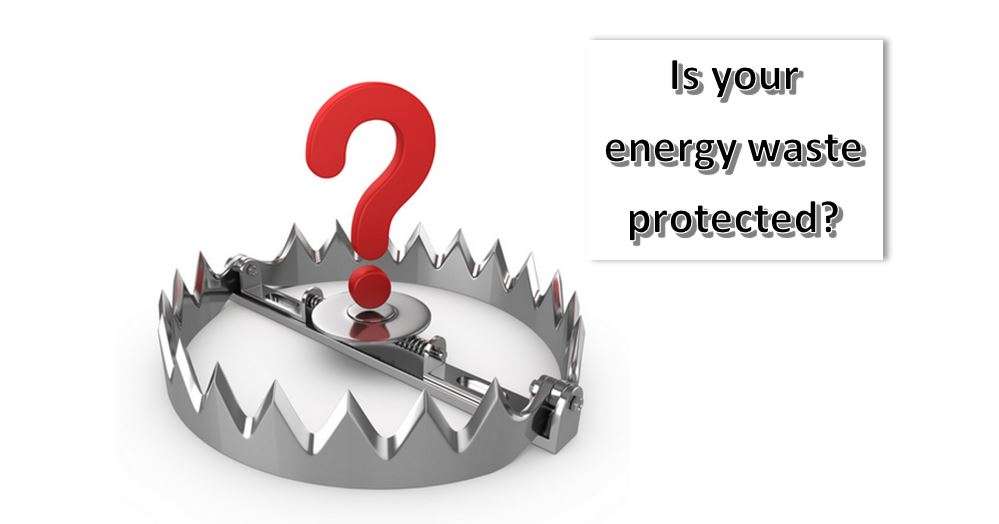

Leave A Comment